Deck & Commander Strategies

Chorus of the Conclave
Build a wide board of small creatures and enhance them with +1/+1 counters using abilities and spells to overwhelm opponents through incremental growth and wide attacks.

Daxos of Meletis
Utilize exalted to make the commander and supporting creatures unblockable most of the time, applying pressure through repeated commander strikes and tapping blockers to maintain combat advantage.
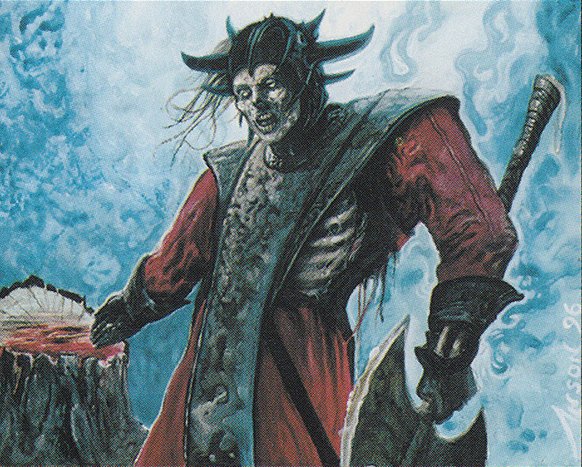
Lord of Tresserhorn
Leverage tribal Zombie synergies and cost-reduction effects to flood the board with zombie tokens and powerful zombie creatures, aiming to outnumber and outlast opponents.
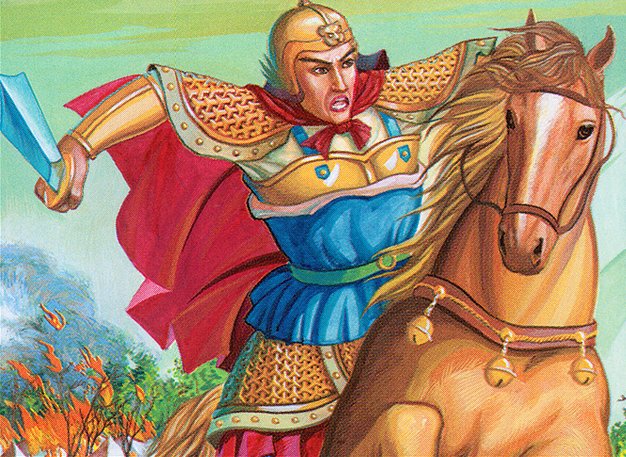
Lu Xun, Scholar General
Focus on card draw and spell-based control, using creatures that generate value and spells to manage the board and maintain card advantage over time.
Gameplay Insights
- 1
Chorus of the Conclave's synergy with +1/+1 counters and token generation created a snowballing board state that pressured all opponents simultaneously.
- 2
Daxos of Meletis used exalted and tap effects effectively to keep blockers off balance and maintain consistent damage output from commander attacks.
- 3
Lord of Tresserhorn's zombie tribal deck exploited cost-reduction and recursion to maintain a persistent threat presence despite budget constraints.
- 4
Lu Xun's emphasis on card draw helped him stay flexible and reactive, though his lack of early blockers left him vulnerable to aggressive strategies.
- 5
The budget constraint led to creative deckbuilding, highlighting less commonly played cards that still provide strong synergies and impactful gameplay.
Notable Cards
-
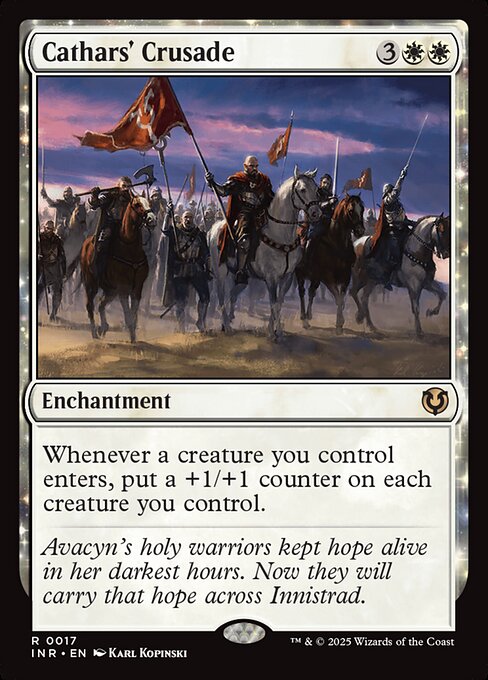
Cathars' Crusade
-
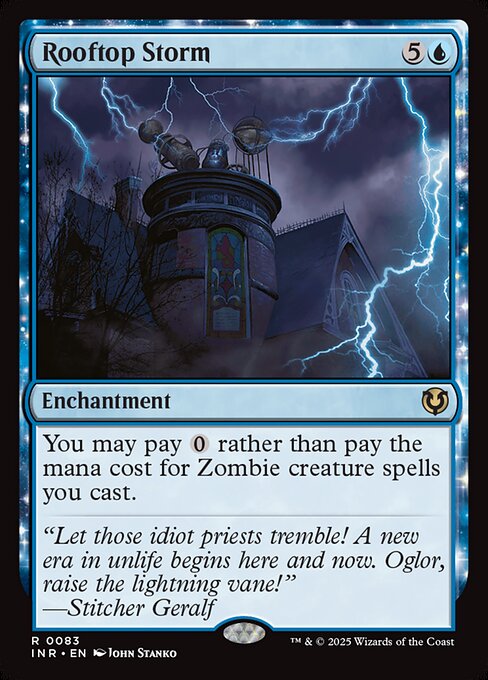
Rooftop Storm
-

Zombie Infestation
-
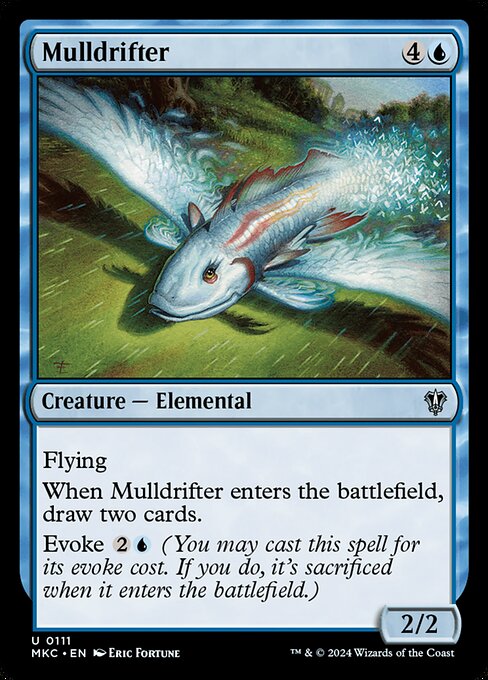
Mulldrifter
-
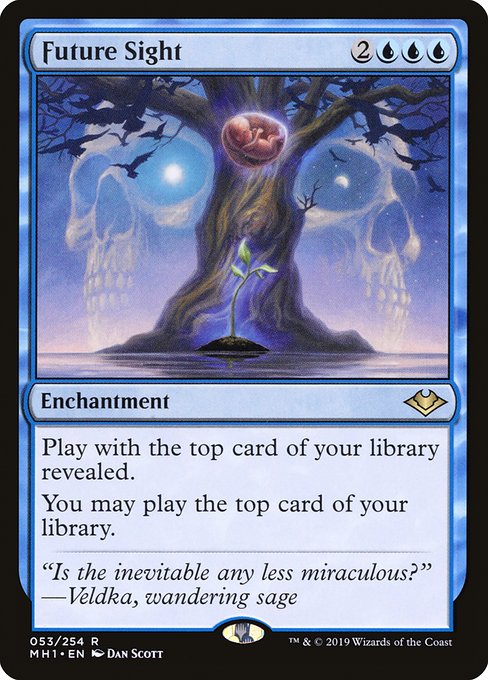
Future Sight
Gameplay Summary
The game featured four budget decks, each built under a strict $1 per card limit, leading to creative and diverse strategies.
Chorus of the Conclave focused on building a wide board of small creatures enhanced with +1/+1 counters, leveraging synergy with cards like Cathars' Crusade to overwhelm opponents through incremental growth and wide attacks.
Daxos of Meletis capitalized on the exalted mechanic to keep his commander and supporting creatures evasive and potent in combat, applying pressure through repeated, unblockable commander strikes.
Lord of Tresserhorn led a tribal Zombie deck utilizing efficient zombie synergies and cost-reduction spells like Rooftop Storm to flood the board with zombie tokens and leverage powerful zombie tribal interactions.
Lastly, Lu Xun, Scholar General took a different approach, prioritizing card draw and spell-based control, using efficient creatures that generate card advantage and spells to manage the board, aiming to outvalue opponents over time. Key turning points included Chorus of the Conclave establishing a formidable board presence with multiple counters and token producers, creating a growing threat that demanded answers.
Daxos' exalted attackers chipped away at opponents and disrupted blockers with tap effects.
Lord of Tresserhorn's zombie tribal swarm threatened to overwhelm with raw numbers and resilience through recursion.
Meanwhile, Lu Xun's continuous card draw kept him flexible and reactive, though vulnerable to aggressive board states.
The interplay between aggressive strategies and control elements created dynamic tension, with each player pursuing their win conditions while managing threats from others.
The game showcased how budget restrictions can foster creative deckbuilding and diverse paths to victory in Commander.







![Commander VS S15E2: Queen Marchesa VS Lord Tresserhorn VS Gwafa Hazid & Edric VS Saskia [EDH] thumbnail](https://i.ytimg.com/vi/cYXuLovNOrc/sddefault.jpg)










![Herumkommandiert #05 | Halloween Commander EDH Gameplay [Deutsch] thumbnail](https://i.ytimg.com/vi/TYi-yLuHxeU/sddefault.jpg)








